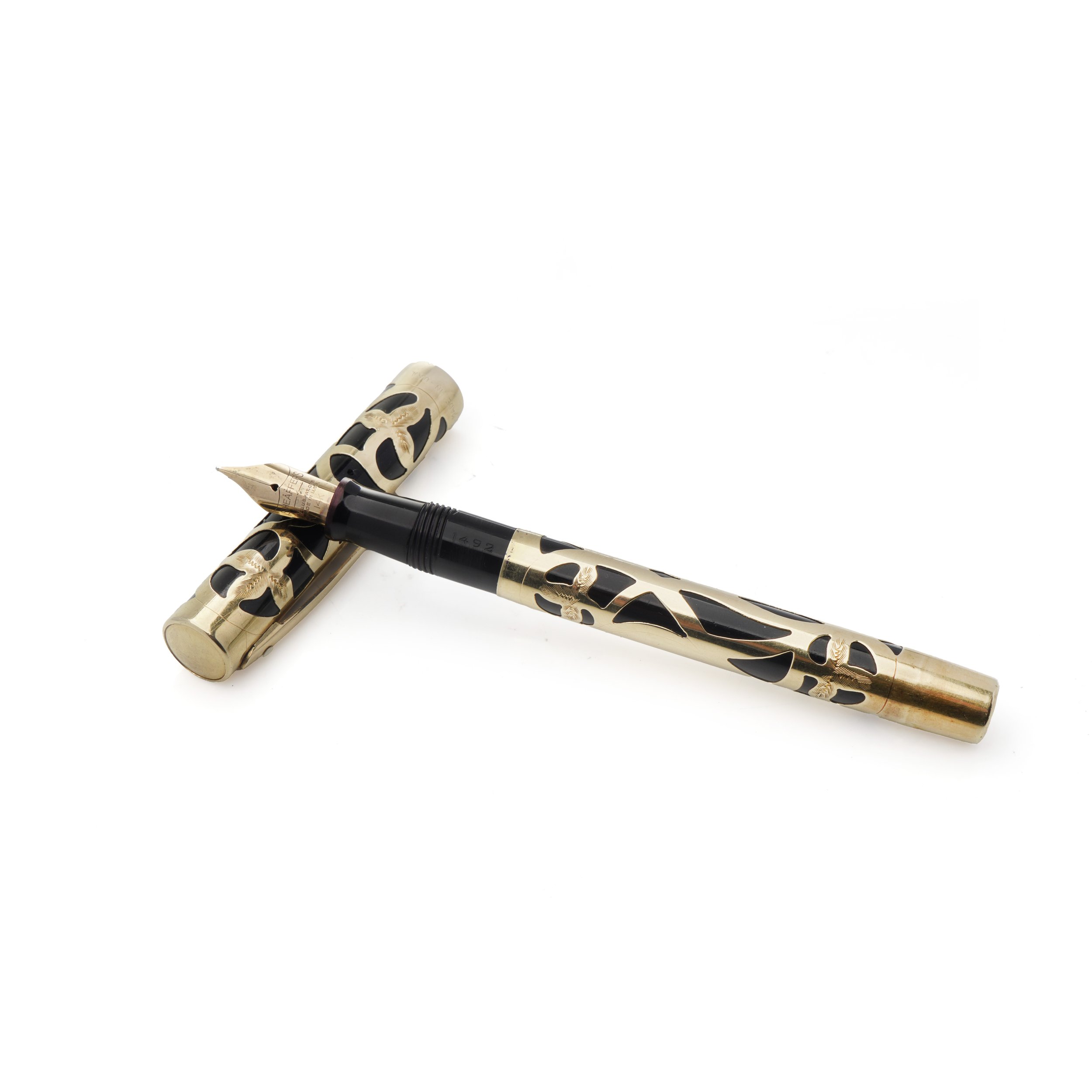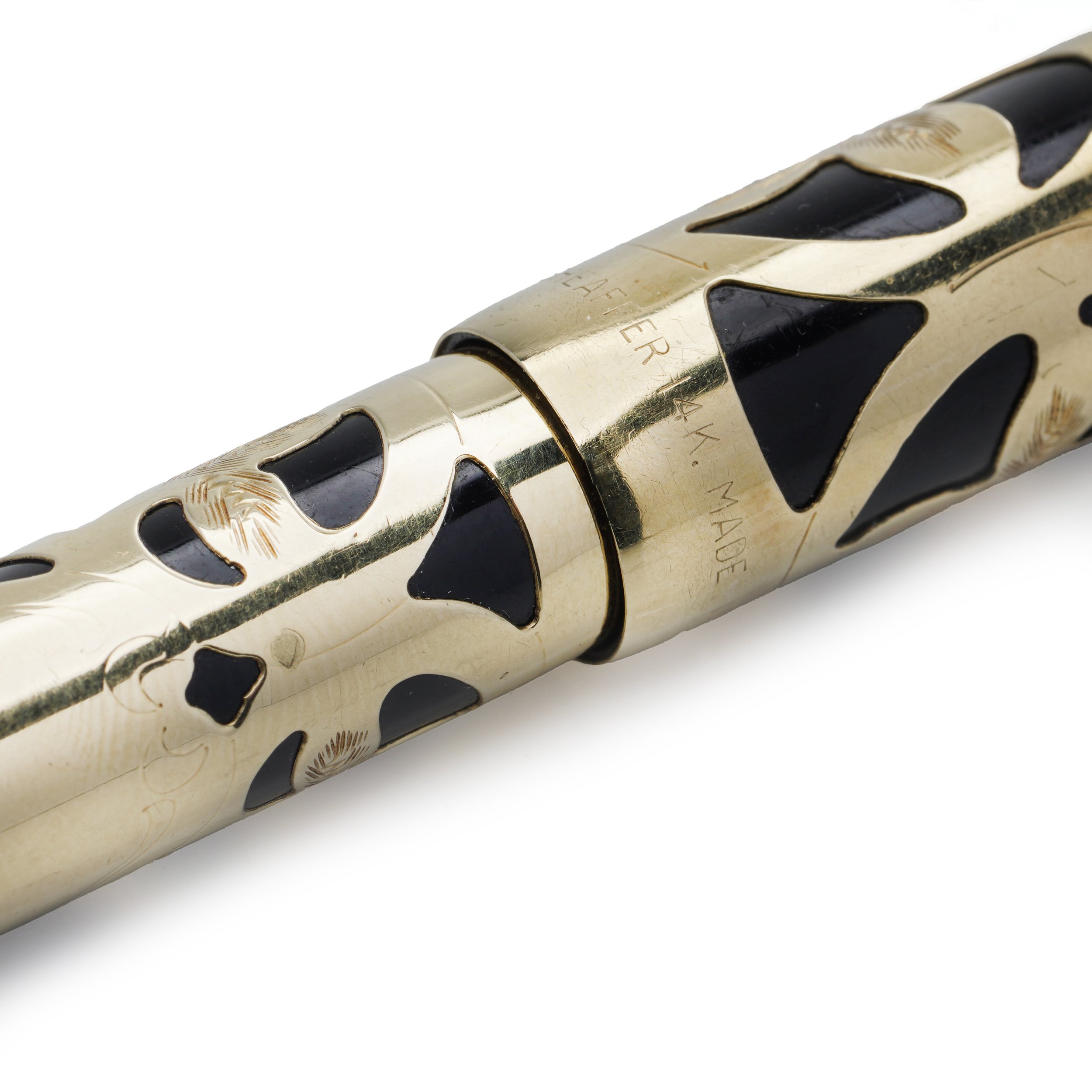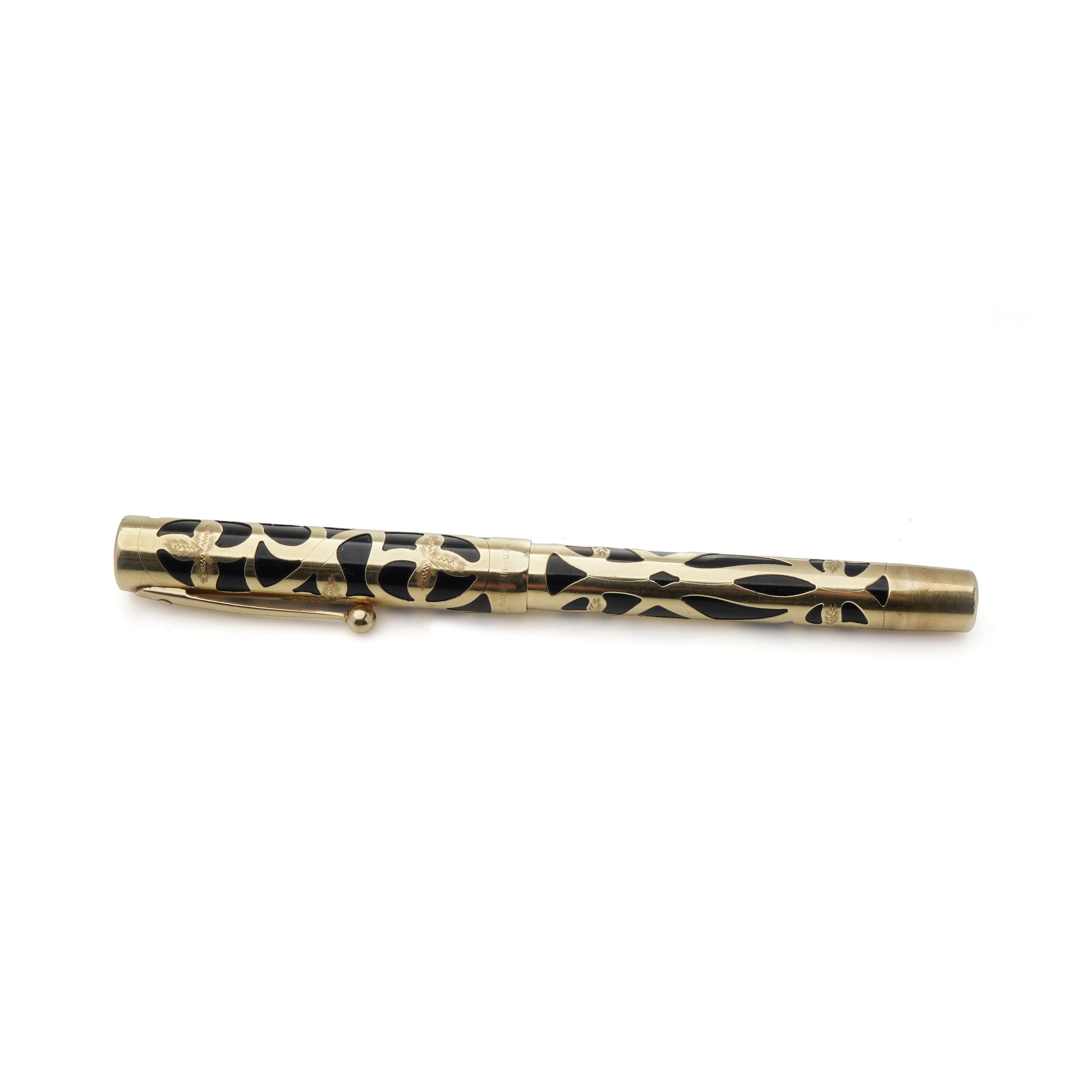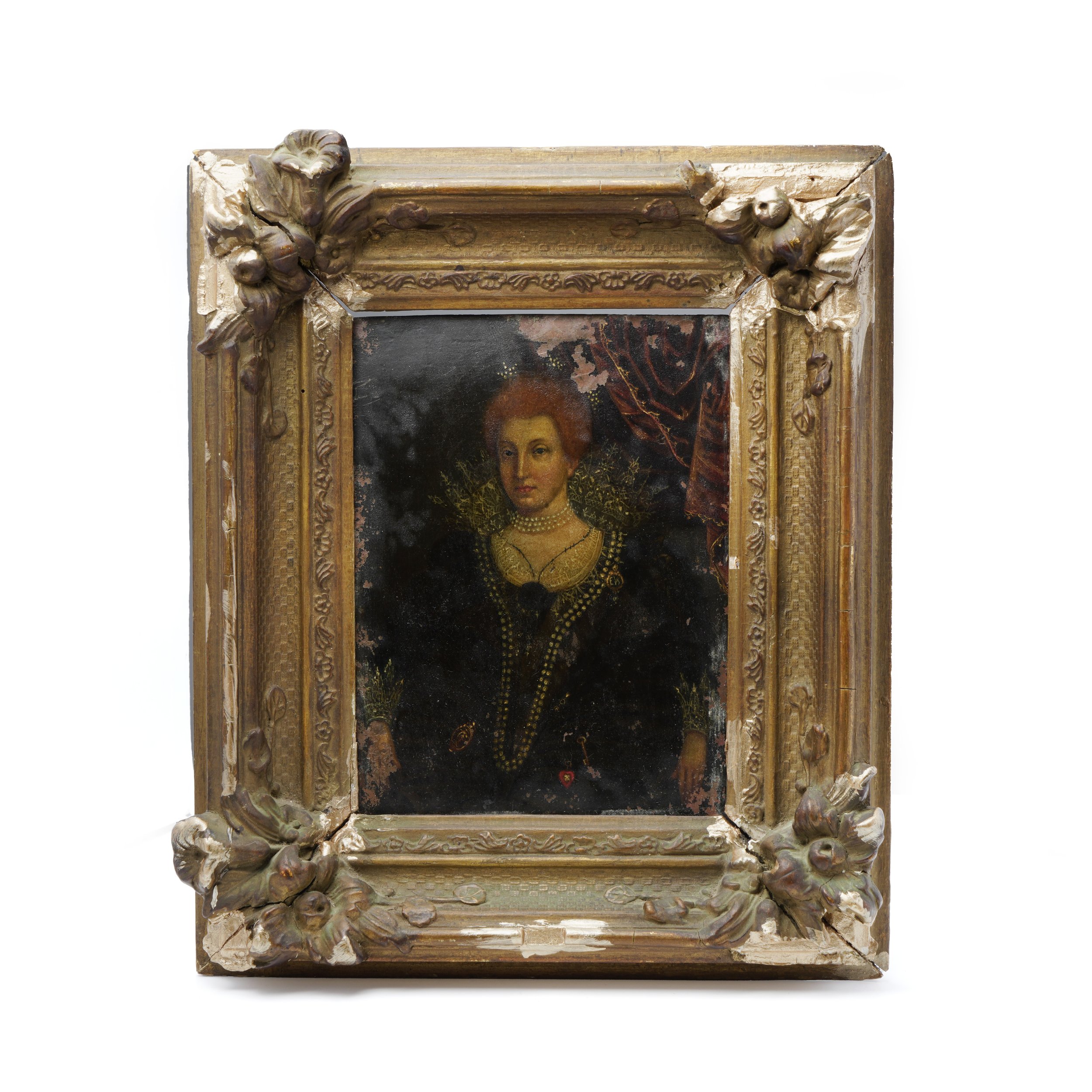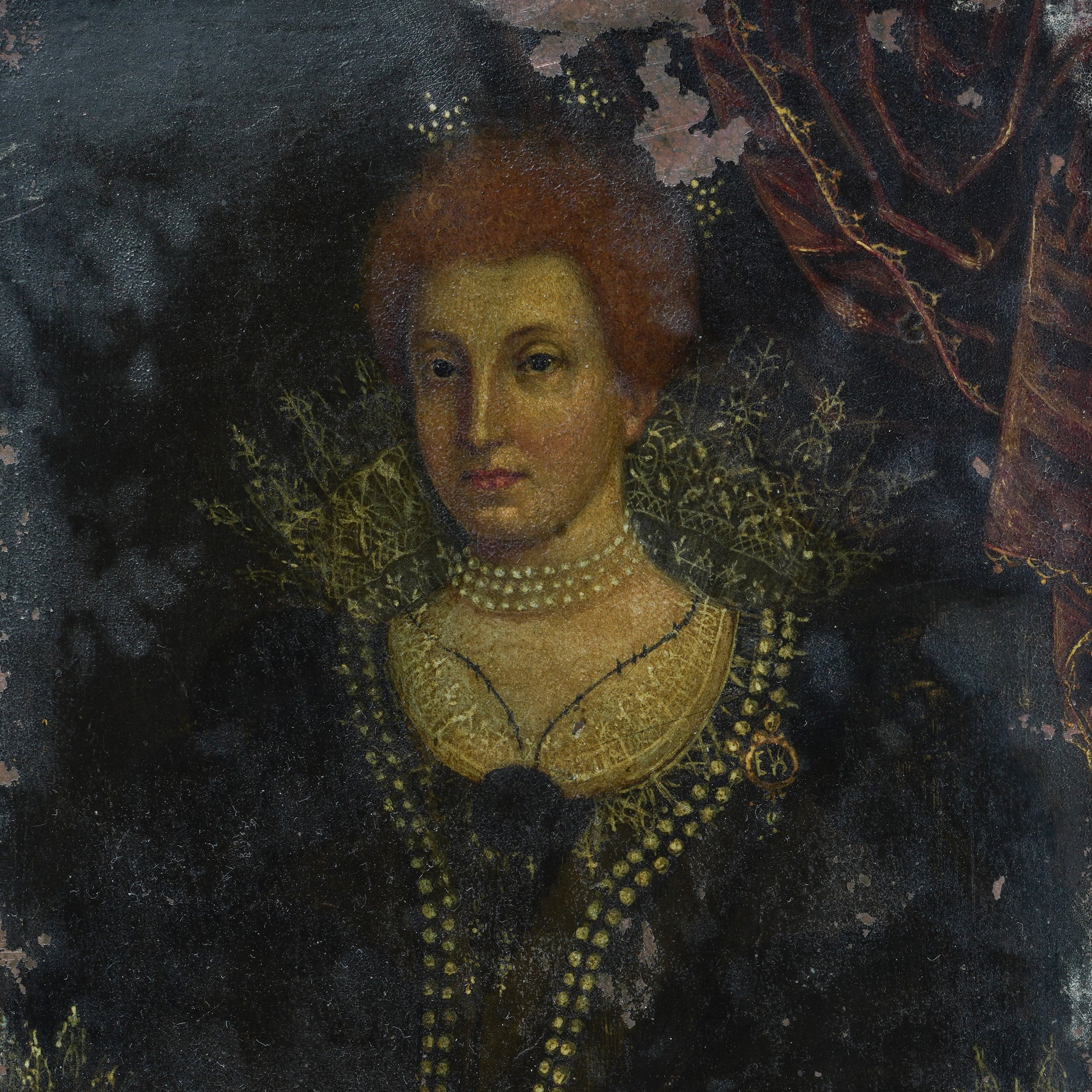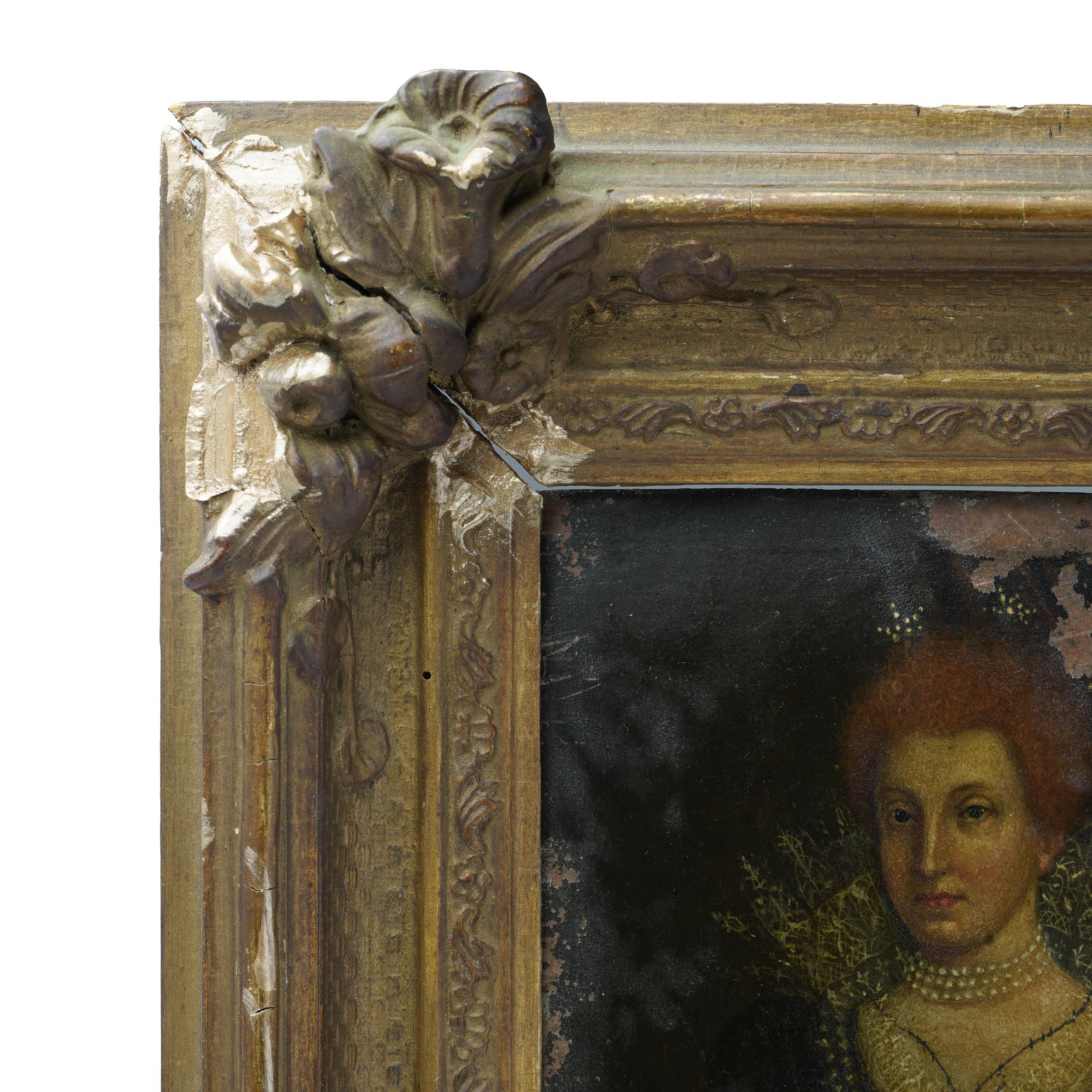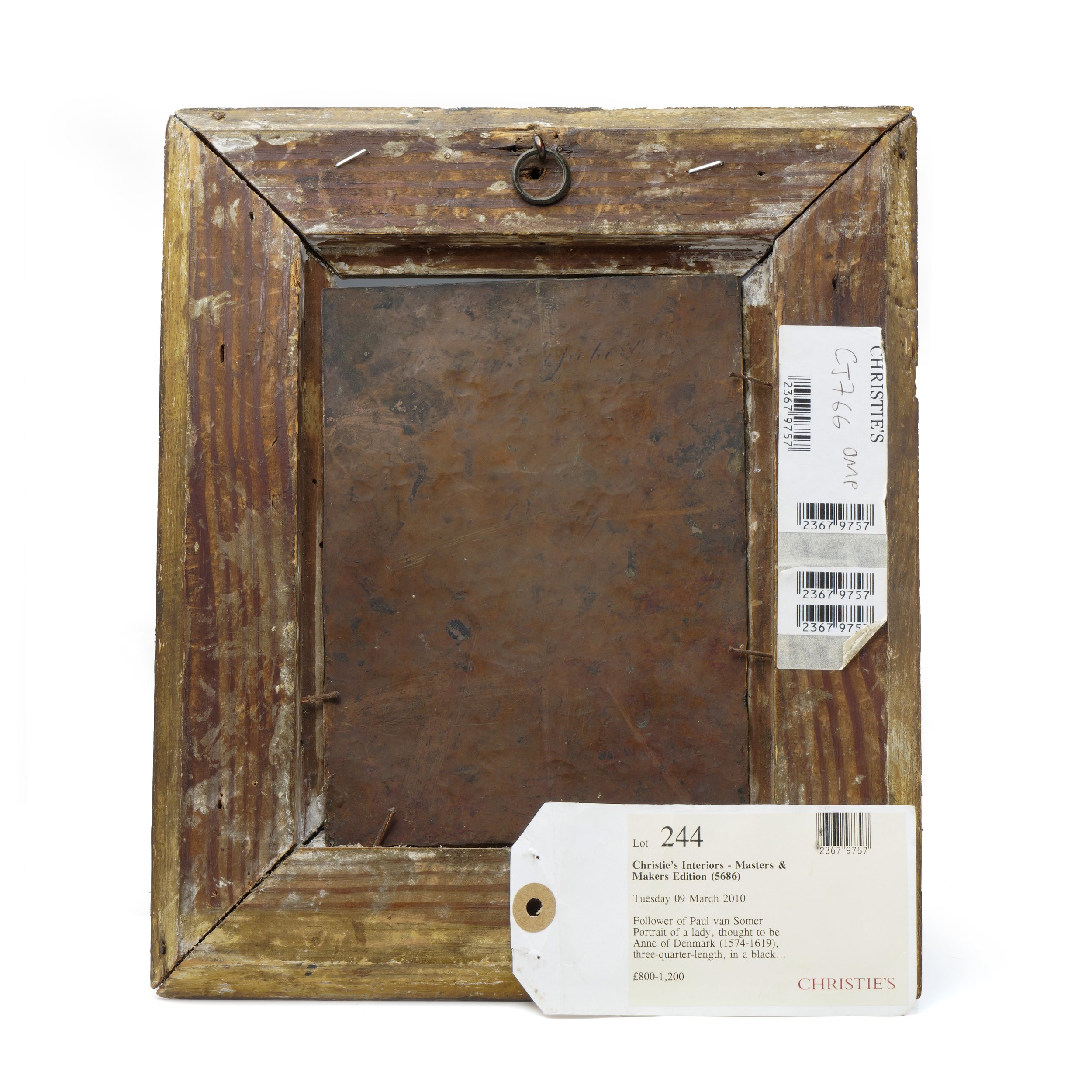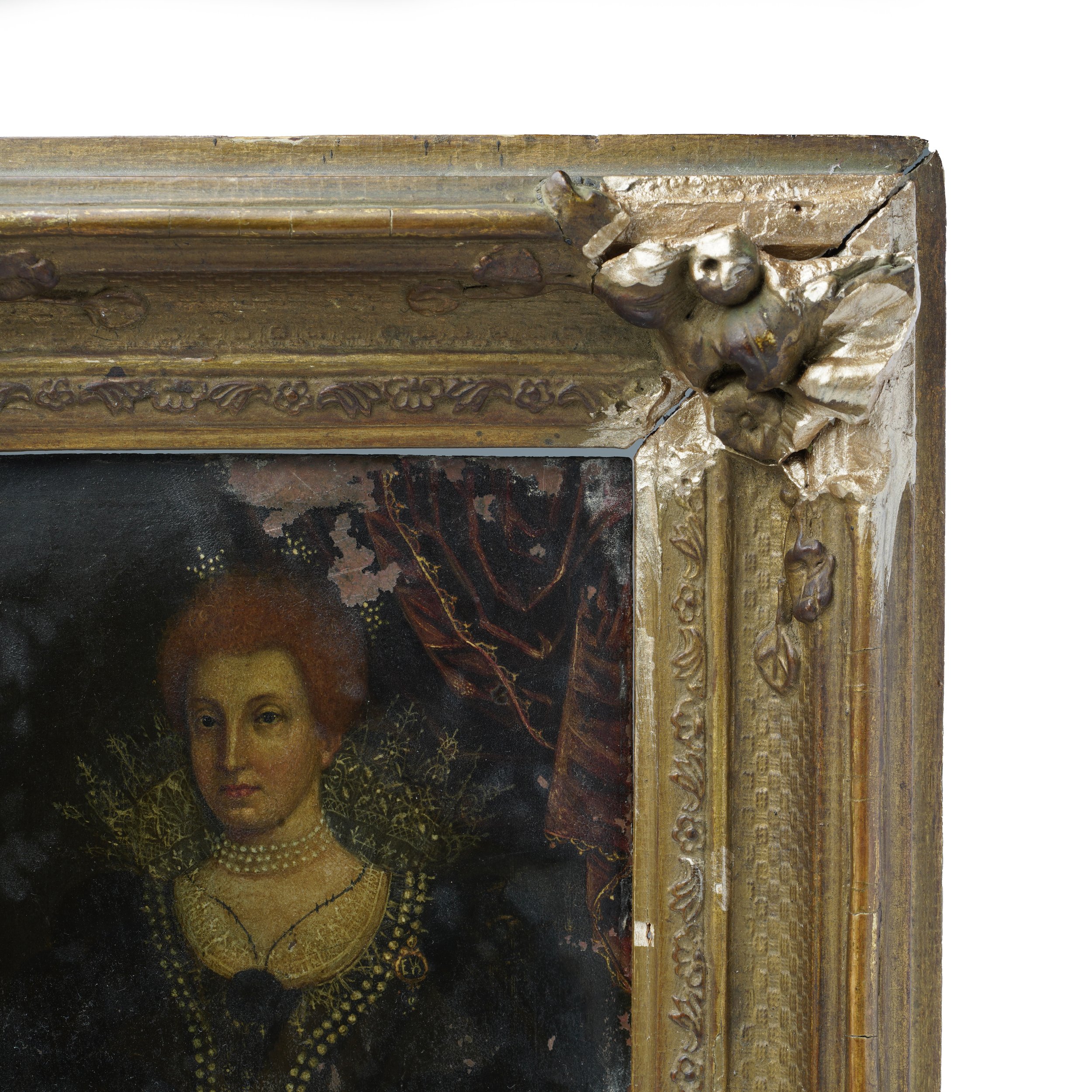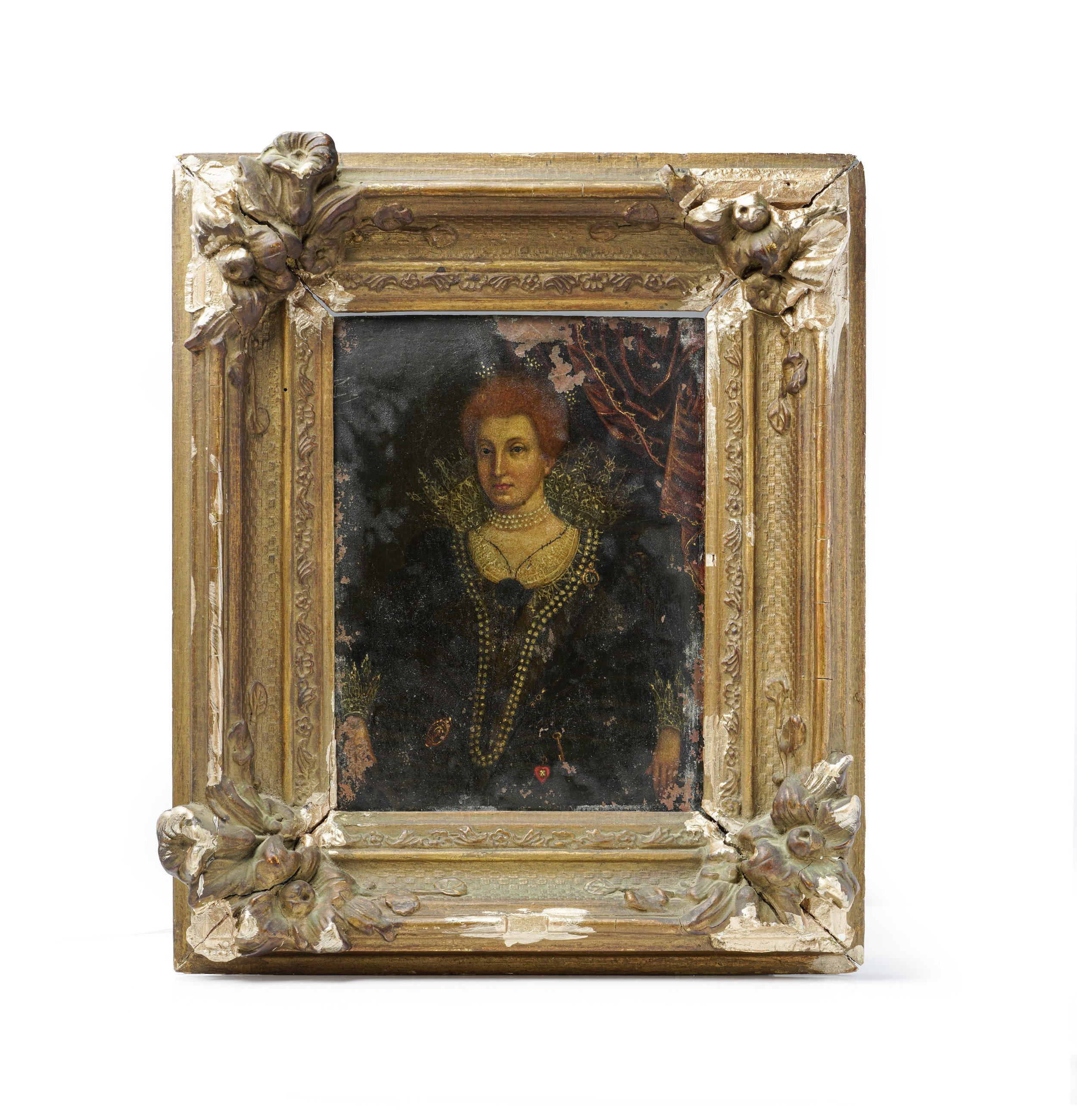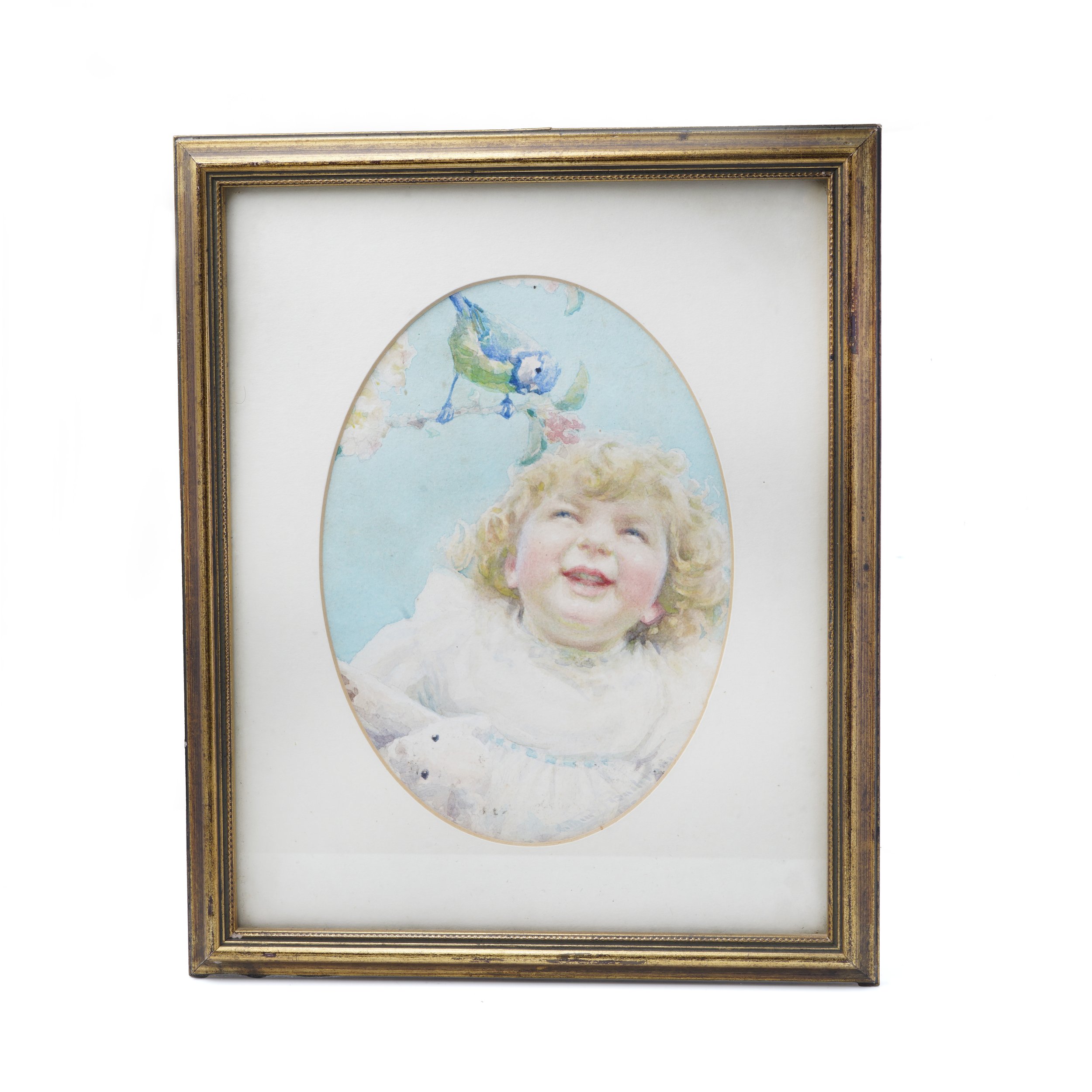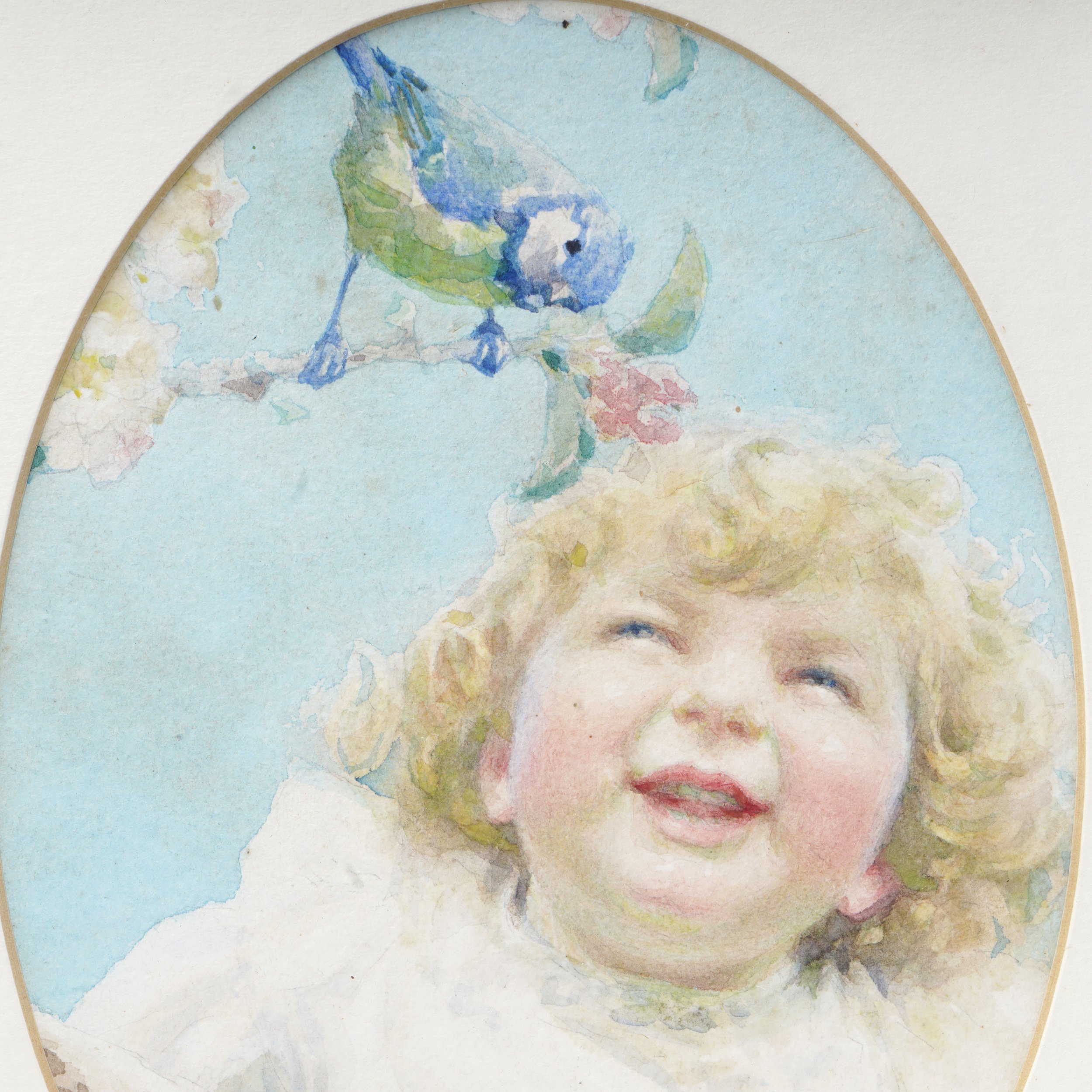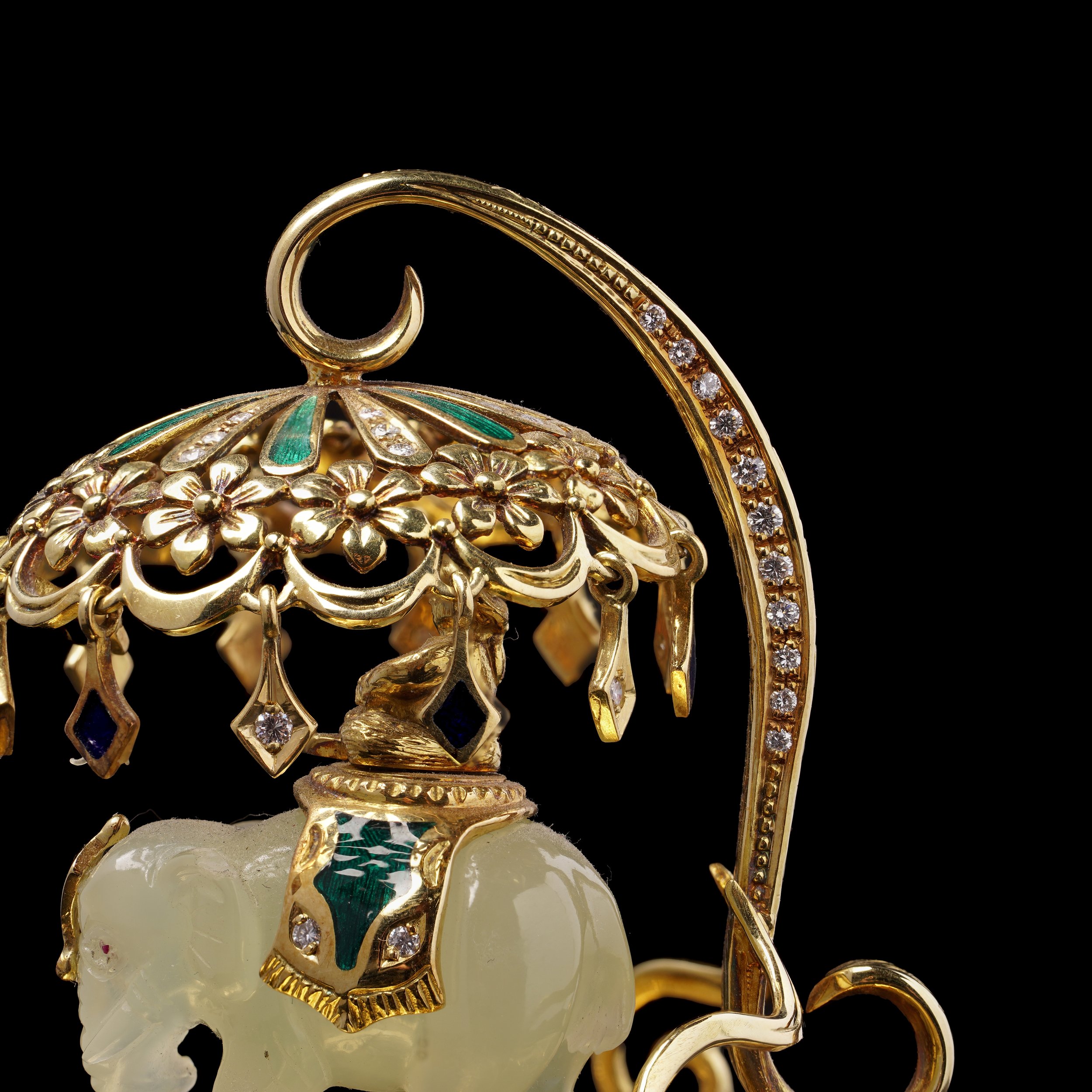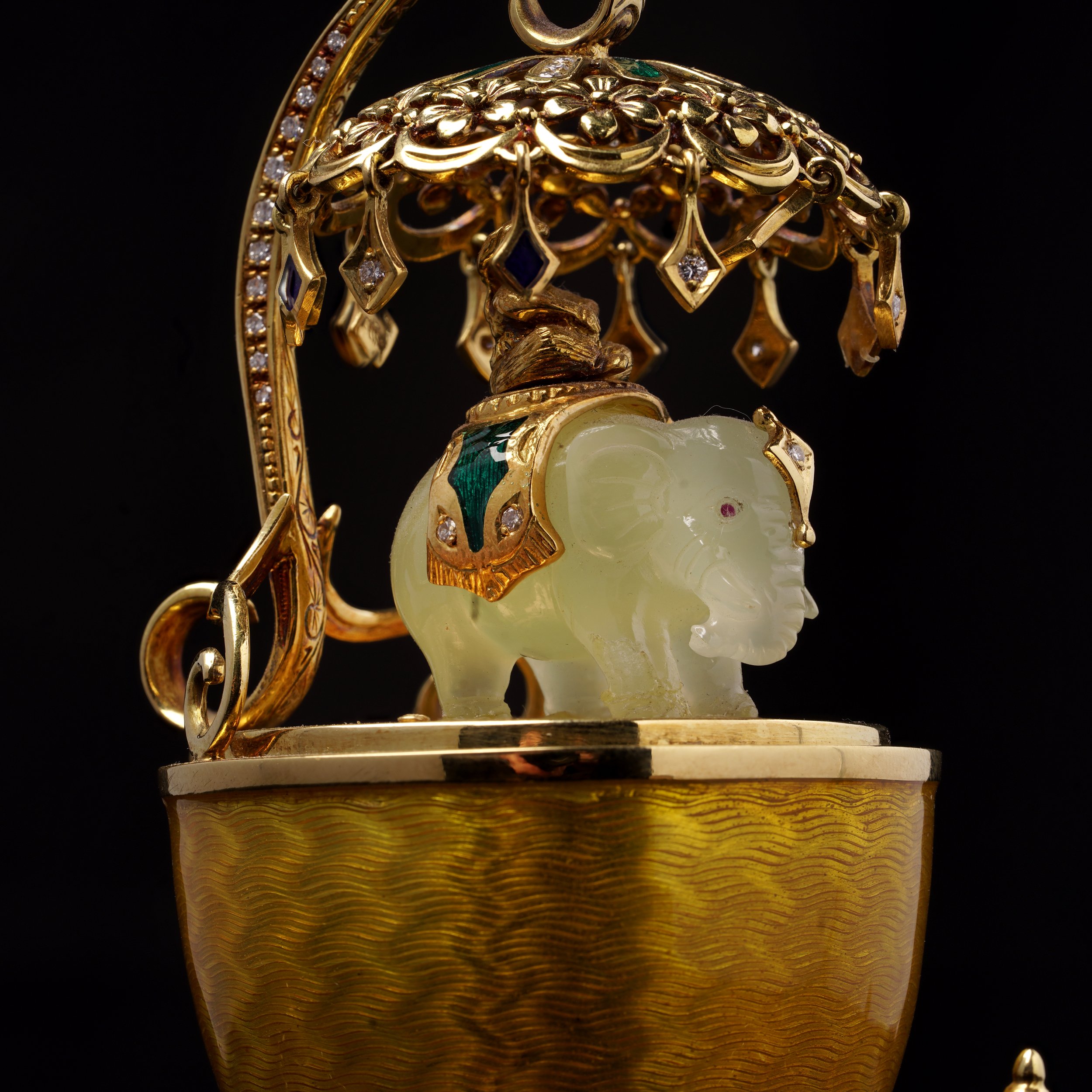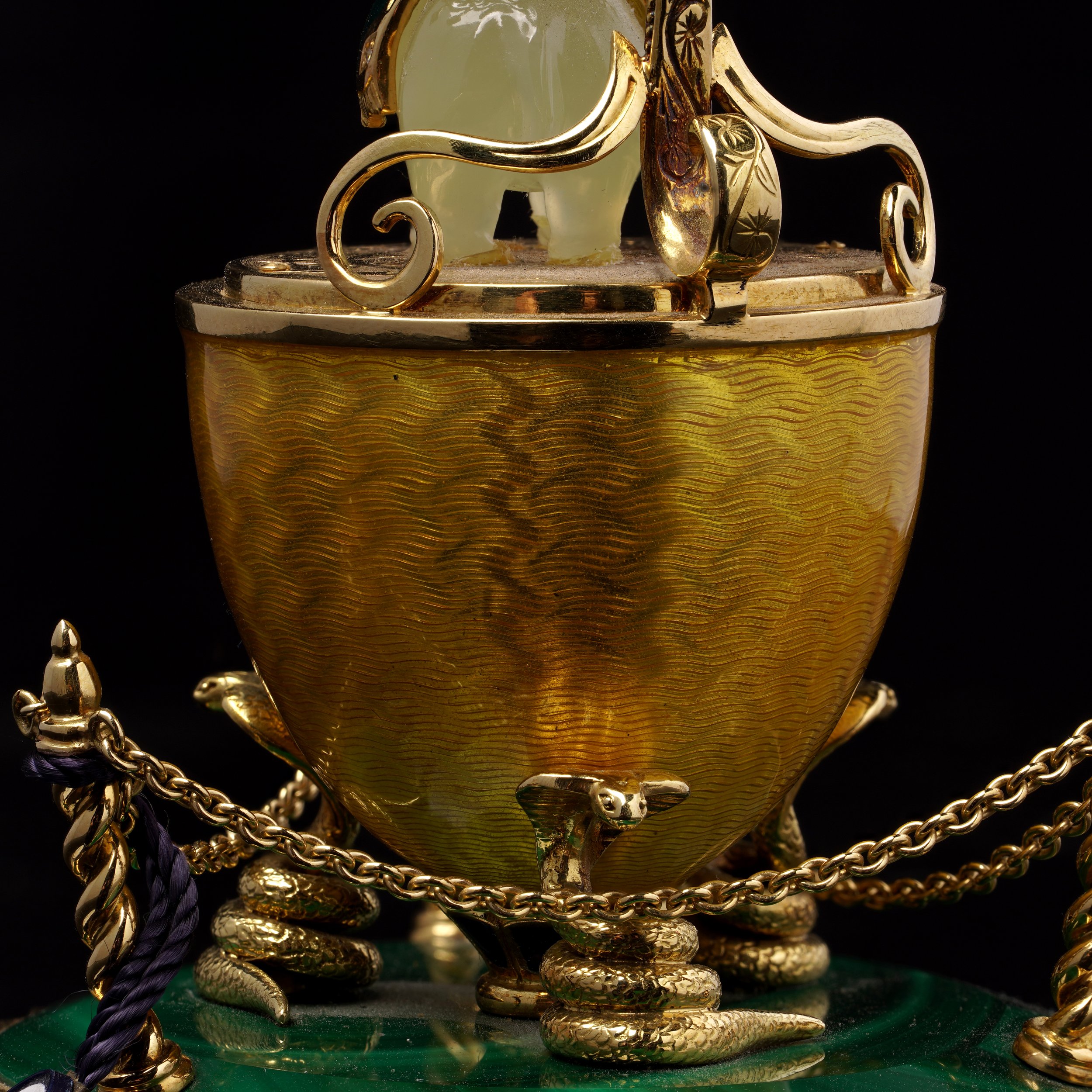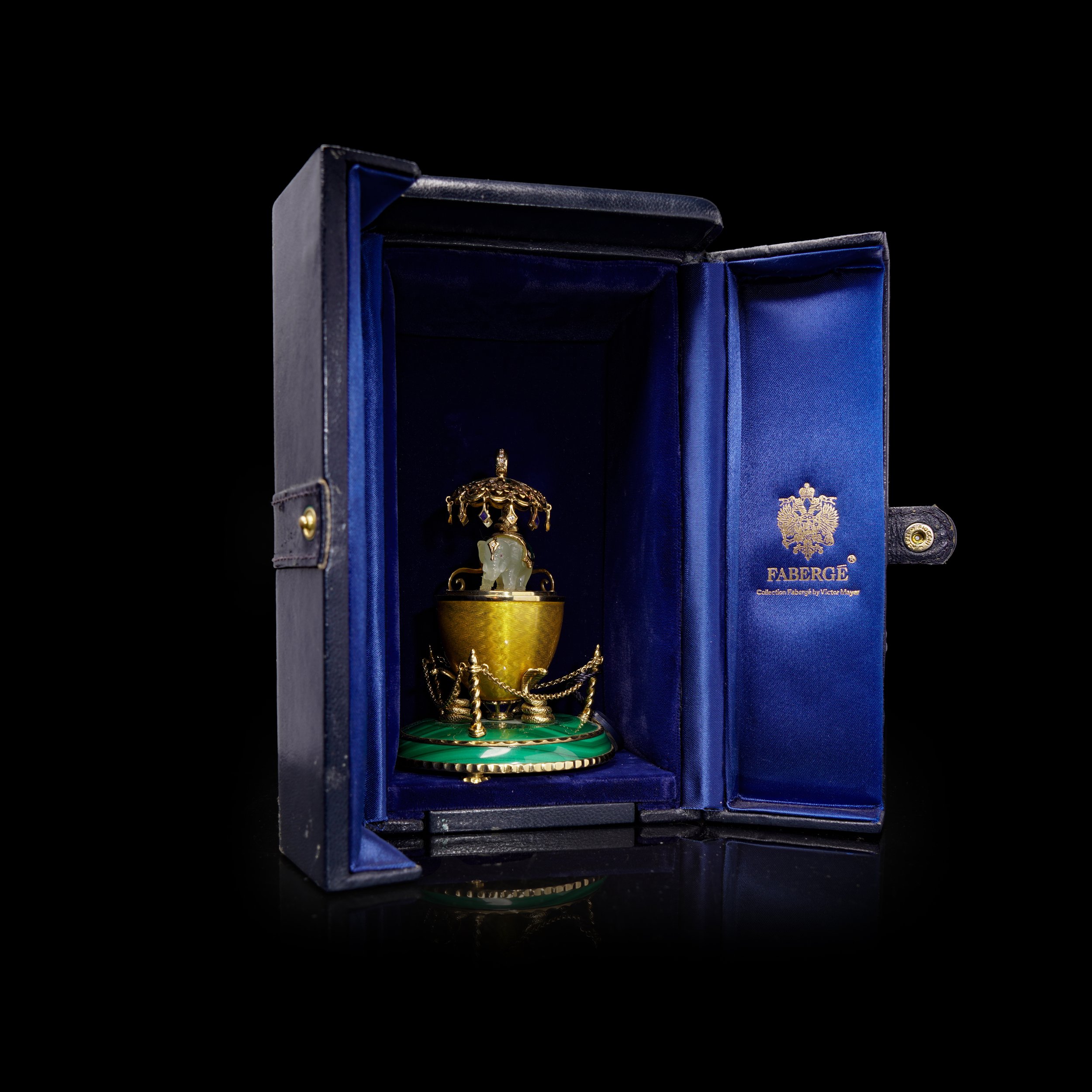17th-century oil painting on copper portrait of St. Jerome
In this antique 17th-century oil painting on copper, we see St. Jerome, encased within an intricately adorned wooden frame. Jerome assumes the role of a penitent, deeply engrossed in meditation while fixating on a crucifix. A striking detail reveals him using a stone to strike his chest.
Books prominently featured in the painting underscore Jerome's scholarly pursuits.
These symbols illuminate his intellectual endeavours and steadfast commitment to studying and propagating the teachings of God. Additionally, the inclusion of a skull and hourglass serves as poignant reminders of life's transient nature, urging viewers to contemplate the brevity of human existence and the importance of spiritual preparedness.
Although the historical position of cardinal did not exist during Jerome's lifetime, the presence of a cardinal's hat in artworks like this suggests his close affiliation with the papacy and his subsequent recognition as a doctor of the church, underscoring his profound theological contributions and enduring legacy within Christianity.
St. Jerome, also known as Hieronymus or Eusebius Hieronymus Sophronius, was a Christian scholar, theologian, and priest who lived during the late 4th and early 5th centuries AD. Born around 347 AD in Stridon, Jerome received a classical education in Rome before being baptized as a Christian. He later traveled extensively, spending time in Antioch and Constantinople, where he studied under notable theologians of his time.
Jerome's most significant contribution to Christianity was his translation of the Bible into Latin, completed around 405 AD. This translation, known as the Vulgate, became the standard Latin version of the Bible in the Western Church for over a millennium, ensuring the accessibility of Scripture to Latin-speaking Christians and profoundly impacting Western Christianity.
In depictions of his life and work, various symbols carry deep meanings. The stone symbolizes his asceticism and penance, reflecting his time spent in the desert. The crucifix embodies his devotion to Christ, while the sand clock underscores the urgency of spiritual pursuit. Books represent his scholarly pursuits, and the skull serves as a reminder of mortality.
Dimensions:
Actual painting size: height x width: 15 cm x 13 cm
Wood frame size: Height x width: 34.5 x 32 cm
Weight: 1455 grams in total
Condition: The painting exhibits a blemish in certain areas where the paint is missing or faded, likely due to age or environmental factors. Additionally, the wooden frame displays multiple chips and areas of missing material. However, despite these imperfections, the depiction of St. Jerome remains detailed and retains its inherent beauty, capturing the essence of the artwork.
ITEM LOCATION : United Kingdom
SHIPPING FEE: Complimentary Express & Insured Shipping
INCLUDED: Complimentary Gift Wrap Packaging & Certificate of Evaluation.
RETURNS: 14-Days Return Policy, Money-Back Guarantee.
In this antique 17th-century oil painting on copper, we see St. Jerome, encased within an intricately adorned wooden frame. Jerome assumes the role of a penitent, deeply engrossed in meditation while fixating on a crucifix. A striking detail reveals him using a stone to strike his chest.
Books prominently featured in the painting underscore Jerome's scholarly pursuits.
These symbols illuminate his intellectual endeavours and steadfast commitment to studying and propagating the teachings of God. Additionally, the inclusion of a skull and hourglass serves as poignant reminders of life's transient nature, urging viewers to contemplate the brevity of human existence and the importance of spiritual preparedness.
Although the historical position of cardinal did not exist during Jerome's lifetime, the presence of a cardinal's hat in artworks like this suggests his close affiliation with the papacy and his subsequent recognition as a doctor of the church, underscoring his profound theological contributions and enduring legacy within Christianity.
St. Jerome, also known as Hieronymus or Eusebius Hieronymus Sophronius, was a Christian scholar, theologian, and priest who lived during the late 4th and early 5th centuries AD. Born around 347 AD in Stridon, Jerome received a classical education in Rome before being baptized as a Christian. He later traveled extensively, spending time in Antioch and Constantinople, where he studied under notable theologians of his time.
Jerome's most significant contribution to Christianity was his translation of the Bible into Latin, completed around 405 AD. This translation, known as the Vulgate, became the standard Latin version of the Bible in the Western Church for over a millennium, ensuring the accessibility of Scripture to Latin-speaking Christians and profoundly impacting Western Christianity.
In depictions of his life and work, various symbols carry deep meanings. The stone symbolizes his asceticism and penance, reflecting his time spent in the desert. The crucifix embodies his devotion to Christ, while the sand clock underscores the urgency of spiritual pursuit. Books represent his scholarly pursuits, and the skull serves as a reminder of mortality.
Dimensions:
Actual painting size: height x width: 15 cm x 13 cm
Wood frame size: Height x width: 34.5 x 32 cm
Weight: 1455 grams in total
Condition: The painting exhibits a blemish in certain areas where the paint is missing or faded, likely due to age or environmental factors. Additionally, the wooden frame displays multiple chips and areas of missing material. However, despite these imperfections, the depiction of St. Jerome remains detailed and retains its inherent beauty, capturing the essence of the artwork.
ITEM LOCATION : United Kingdom
SHIPPING FEE: Complimentary Express & Insured Shipping
INCLUDED: Complimentary Gift Wrap Packaging & Certificate of Evaluation.
RETURNS: 14-Days Return Policy, Money-Back Guarantee.
In this antique 17th-century oil painting on copper, we see St. Jerome, encased within an intricately adorned wooden frame. Jerome assumes the role of a penitent, deeply engrossed in meditation while fixating on a crucifix. A striking detail reveals him using a stone to strike his chest.
Books prominently featured in the painting underscore Jerome's scholarly pursuits.
These symbols illuminate his intellectual endeavours and steadfast commitment to studying and propagating the teachings of God. Additionally, the inclusion of a skull and hourglass serves as poignant reminders of life's transient nature, urging viewers to contemplate the brevity of human existence and the importance of spiritual preparedness.
Although the historical position of cardinal did not exist during Jerome's lifetime, the presence of a cardinal's hat in artworks like this suggests his close affiliation with the papacy and his subsequent recognition as a doctor of the church, underscoring his profound theological contributions and enduring legacy within Christianity.
St. Jerome, also known as Hieronymus or Eusebius Hieronymus Sophronius, was a Christian scholar, theologian, and priest who lived during the late 4th and early 5th centuries AD. Born around 347 AD in Stridon, Jerome received a classical education in Rome before being baptized as a Christian. He later traveled extensively, spending time in Antioch and Constantinople, where he studied under notable theologians of his time.
Jerome's most significant contribution to Christianity was his translation of the Bible into Latin, completed around 405 AD. This translation, known as the Vulgate, became the standard Latin version of the Bible in the Western Church for over a millennium, ensuring the accessibility of Scripture to Latin-speaking Christians and profoundly impacting Western Christianity.
In depictions of his life and work, various symbols carry deep meanings. The stone symbolizes his asceticism and penance, reflecting his time spent in the desert. The crucifix embodies his devotion to Christ, while the sand clock underscores the urgency of spiritual pursuit. Books represent his scholarly pursuits, and the skull serves as a reminder of mortality.
Dimensions:
Actual painting size: height x width: 15 cm x 13 cm
Wood frame size: Height x width: 34.5 x 32 cm
Weight: 1455 grams in total
Condition: The painting exhibits a blemish in certain areas where the paint is missing or faded, likely due to age or environmental factors. Additionally, the wooden frame displays multiple chips and areas of missing material. However, despite these imperfections, the depiction of St. Jerome remains detailed and retains its inherent beauty, capturing the essence of the artwork.
ITEM LOCATION : United Kingdom
SHIPPING FEE: Complimentary Express & Insured Shipping
INCLUDED: Complimentary Gift Wrap Packaging & Certificate of Evaluation.
RETURNS: 14-Days Return Policy, Money-Back Guarantee.























